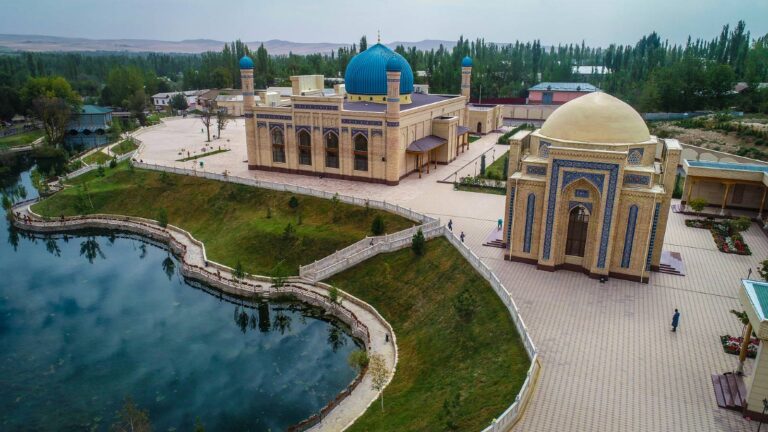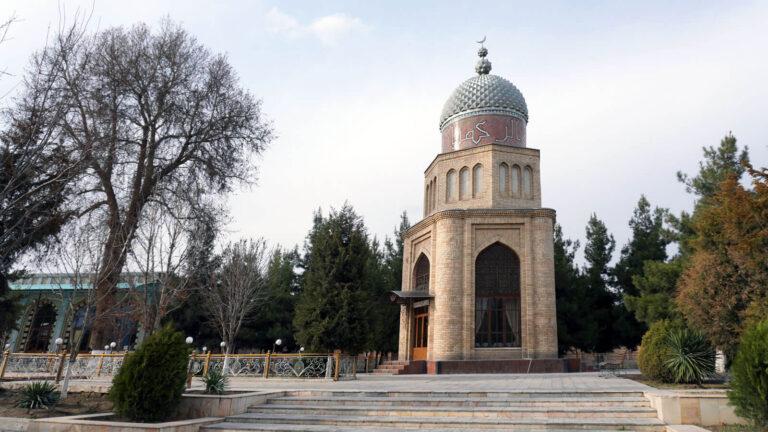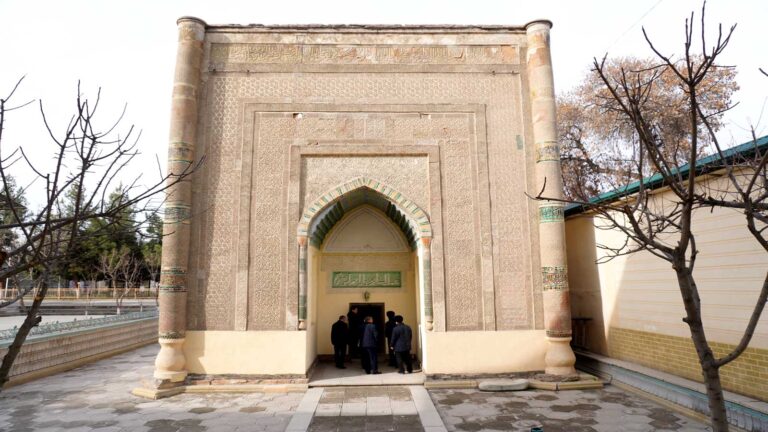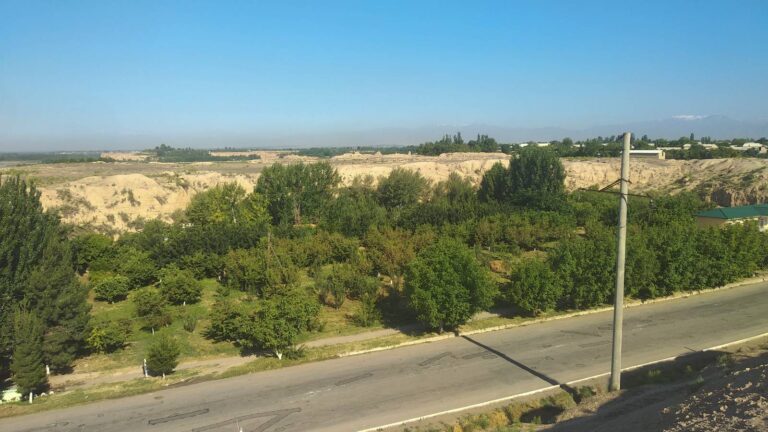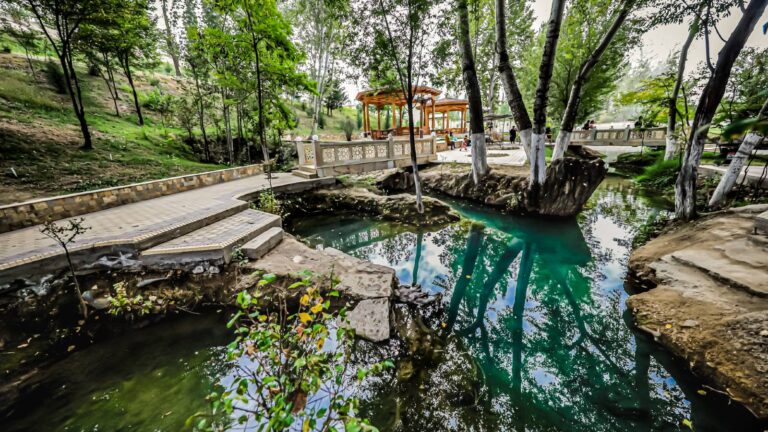Getting There
Ishkhon Ibrat complex is located in the Turakurgan district of Namangan.
What to Expect
The complex, occupying more than two hectares, consists of a garden, a museum and a boarding school.
History
Iskhokhon Ibrat was a jadid, writer, polyglot translator, and historian. His real name was Iskhokhon Tura Dzhunaidullo-khoja oglu.
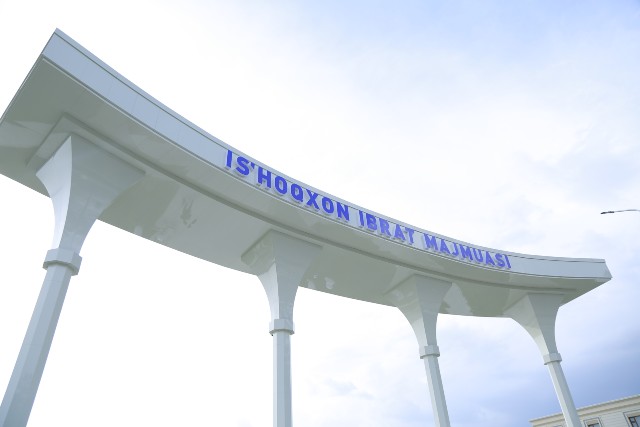
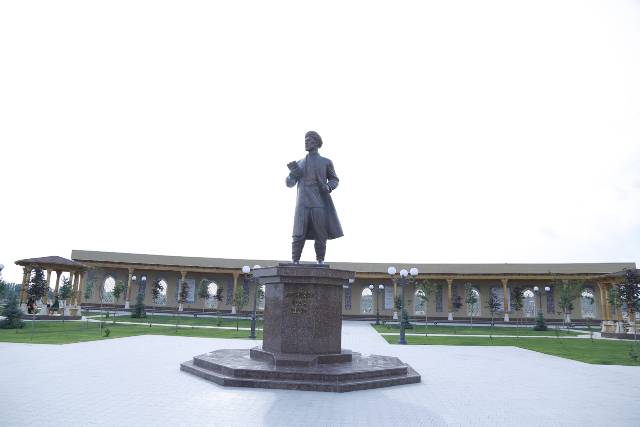
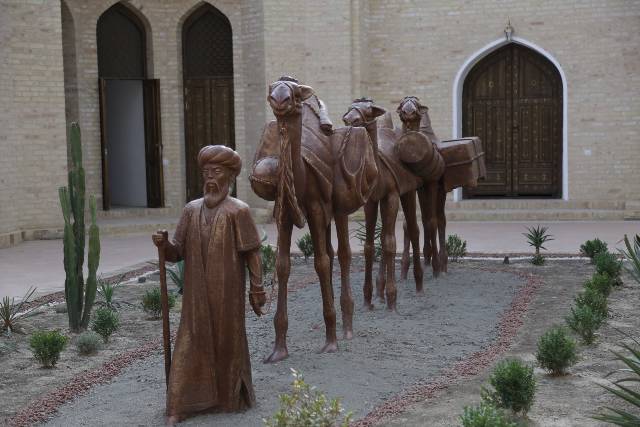
Iskhokhon Ibrat was born in 1862 in the village of Turakurgon, which was located near Namangan, in the Kokand Khanate. He received his primary education at the local madrasah and from his mother. Later, after moving to Kokand, he entered a large madrasah. In 1886, after completing his studies at the Kokand madrasah, he returned to his native village. Arriving in his village, Ibrat begins to conduct educational activities among the population. At the end of the year, he opens a school that was significantly different in terms of the education system from other schools, later the school gains popularity and the rest of the local schools move into the education system of the newly formed Ishokhon Ibrat school.
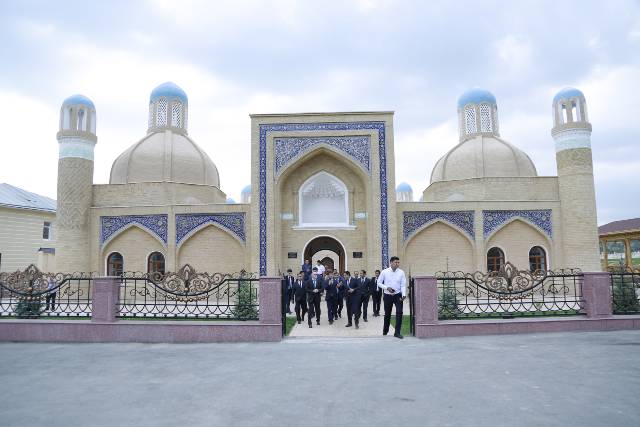
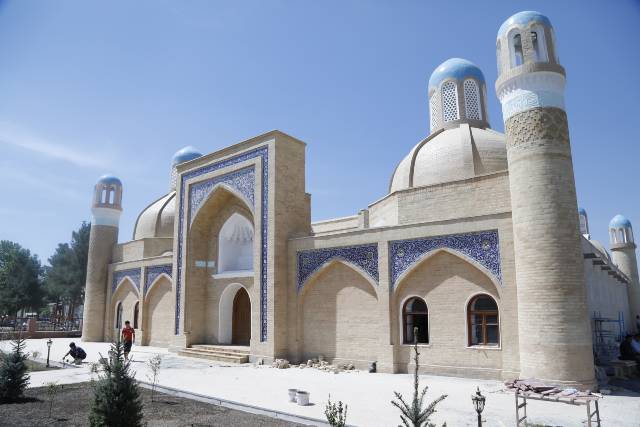
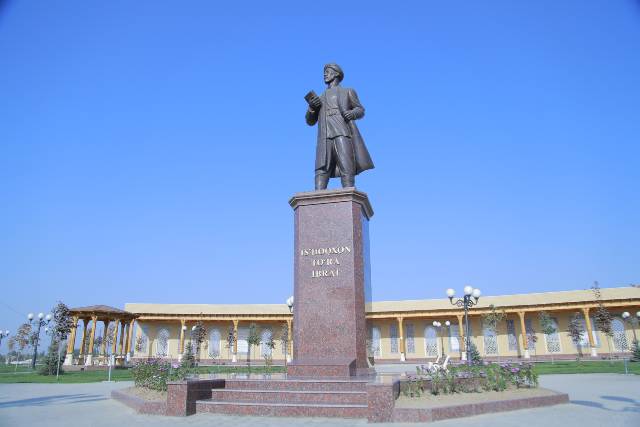
In 1887, Ishokhon Ibrat went to Mecca to perform the rituals of the Hajj pilgrimage. After performing the Hajj, he lives for some time in Jeddah and after that begins his journey through the countries and cities of Europe and Asia. On the journey, he first visited Jerusalem and Damascus. Arriving in Istanbul, Ishokhon Ibrat begins his journey across Europe. First he drives to Sofia, and from there he goes to Athens and Rome. While returning from Europe via Istanbul, he visits cities such as Baghdad, Tehran, Isfahan, Shiraz and Karachi. Having traveled around Iran and Afghanistan, Ishokhon Ibrat visits India and lives for some time in Bombay and Calcutta. From India he goes to Kashgar. During his travels, Ibrat will learn to perfection such languages as: Greek, English, Turkish, Arabic, Persian, Hindi and Urdu. Later he also learns Russian.
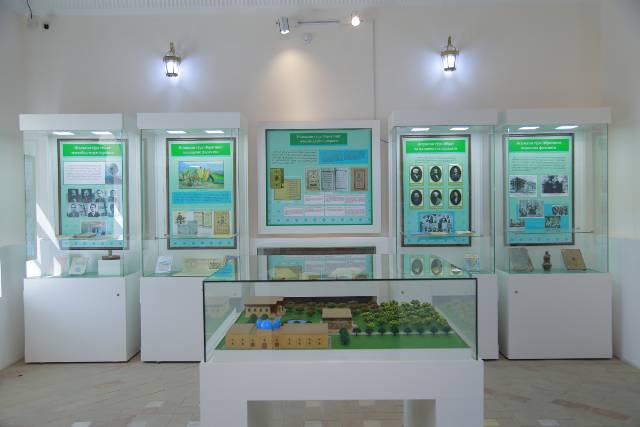
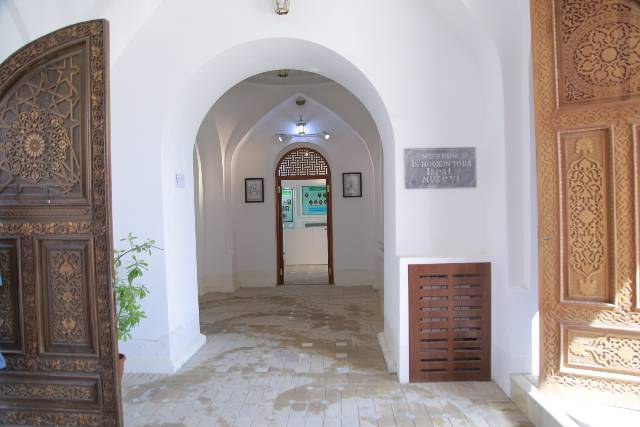
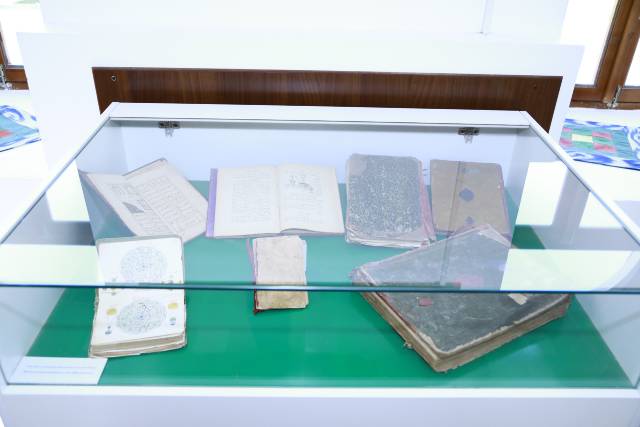
In 1896, after a journey lasting nine years, Ishokhon Ibrat returned to his native village. In 1901, he finished his work entitled “Lugati sitta-alsina” (From A to Z Dictionary) and published it. That particular manual-dictionary was used in all Jadid schools to study Russian, Arabic, Persian and other languages.
In 1912, Ibrat finished his unique work on the history of writing “Jome ul-hutut” and published a book “Matbaai Ishokia”. In his works, Ibrat wanted to see his people educated and enlightened. In the next twenty years of his life, he authored 14 scientific, historical and linguistic books, the most popular are “Tarihi Fargona” (History of Fergana), “Tarihi Madaniyat” (History of Culture), “Mezon Uz-Zamon” (Periods in detail), “Zabonkhoi Shark” (Languages of the East) and others. During this time, Ibrat also combines all his poetry accumulated over 30 years of his writing career in one collection called “Devoni Ibrat”.
After the annexation of the Kokand Khanate, and then the whole of Central Asia to the Russian Empire, Iskhokhon Ibrat advocated the technical integration of Turkestan. He was also a passionate proponent of schools with a new teaching method and strongly pushed for an increase in their number.
In the late 1920s and early 1930s, he worked for the government. In 1935, Ishokhon Ibrat was dehired with subsequent prohibition to teach in schools. Later in 1937 he was arrested for “anti-Soviet propaganda” and imprisoned. In April of the same year, in the age of 75 he dies in a prison in Andijan. The burial place of Ishokhon Ibrat is still unknown.

